Chicken Breakfast Wrap
Chicken Breakfast Wrap: Protein Packed Flatbread Rolls
Why Choose a Chicken Breakfast Wrap

High Protein Breakfast on the Go
I’ve cooked for all types of eaters, from athletes to busy professionals, and the one breakfast I recommend most often is the chicken wrap. It’s compact, portable, and delivers everything the body needs to get moving—especially protein. A single wrap built with lean chicken breast, eggs, and cheese offers more protein than most breakfast bowls, without needing a fork or plate.
When made right, it holds up during commutes, busy school mornings, or post-workout hunger. I often suggest it to people who want something heartier than a smoothie but lighter than a full plated meal. Compared to baked casseroles or heavy biscuit stacks like in The Most Original Chicken Dish, this wrap gives you strength without the slump.
Balanced Meal with Vegetables and Healthy Fats
A great breakfast isn’t just about protein—it’s about balance. When I build a wrap, I make sure there’s a mix of textures and nutrients. Chicken and egg deliver protein and structure. A bit of cheese adds creaminess. Fresh vegetables provide hydration and crunch. And healthy fats—like avocado or a drizzle of olive oil—round out the satiety.
This format also gives me control. If I want more fiber, I fold in spinach or cabbage. If I want richness, I lean on yolk or a stronger cheese. When compared to a loaded chicken omelet, the wrap uses many of the same ingredients but wraps them in a more travel-ready form. It’s essentially a complete plate tucked into one flexible flatbread.
Key Components Breakdown
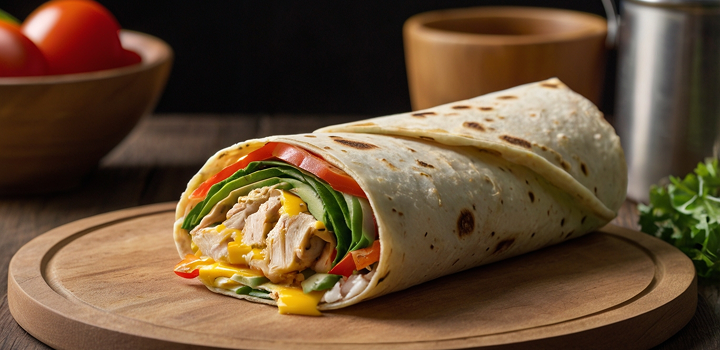
Chicken Options: Grilled, Shredded, or Breaded
Quick Grilled Chicken Breast
When I want the cleanest flavor with maximum versatility, I go with grilled chicken breast. I butterfly the fillets for even thickness, season them with paprika, salt, garlic powder, and a splash of oil, then grill for about 3 minutes per side on a hot griddle or pan. Once cooled, I slice them thin. This keeps the inside juicy and the edges slightly charred—perfect for contrast in a soft wrap.
Grilled chicken adds more than flavor—it also gives the wrap structure. Unlike softer proteins, grilled pieces stay firm when reheated and won’t fall apart with sauce. I recommend this option when prepping for multiple wraps at once.
Shredded Rotisserie or Poached Chicken
When I’m short on time, I rely on shredded rotisserie chicken. It’s seasoned, tender, and easy to portion. I strip off the breast meat, avoid the skin, and gently warm it in a pan with a few drops of broth or oil to restore moisture before wrapping.
If I want a leaner or milder option, I poach chicken in water with a bay leaf and crushed garlic. I let it rest in the broth before shredding. Poached meat blends well with other fillings and picks up the flavor of any sauce or cheese inside the wrap.
This style of soft shredded chicken is especially useful for wraps you plan to reheat. It absorbs seasoning quickly and provides a texture similar to the filling in many Easy Chicken Recipes, just more portable.
Breaded Chicken Tenders for Crunch
Sometimes I want contrast—a crisp crust against creamy cheese and soft egg. Breaded chicken delivers that. I use homemade or high-quality frozen tenders, bake them until golden, then slice into strips. These go into the wrap while still warm, creating a crunch that holds for several hours.
To balance the richness, I usually pair this version with tangy pickled onions or jalapeño slices. Breaded chicken wraps feel more indulgent and are ideal for brunch menus or kids’ breakfast favorites.
Chicken Style Comparison Table
| Style | Texture | Prep Time | Best For |
| Grilled Chicken | Firm, smoky | 10–15 min | Clean flavor, meal prep wraps |
| Shredded Chicken | Soft, absorbent | 5–10 min | Quick reheats, mild-seasoned wraps |
| Breaded Tenders | Crispy, rich | 15–20 min | Brunch-style, fun variations |
Egg, Cheese, and Add Ons
Types of Eggs: Scrambled, Fried, or Egg White
Eggs are the wrap’s bridge—they bind dry ingredients and deliver warmth and creaminess. I scramble two eggs per wrap with a pinch of salt and milk, keeping them just underdone so they stay moist inside the bread. If I’m building multiple wraps at once, I cook a large batch and store it in portions.
When I want more bite, I pan-fry eggs so the yolk stays a little soft. Folded into the wrap, it adds a richness that acts almost like a sauce. For lighter wraps, especially when pairing with heavier cheese or meat, I go with egg whites. They cook quickly and absorb the flavor of herbs or sauces mixed into the filling.
I avoid overcooking the eggs—dry, rubbery texture kills the wrap’s flow. Always cook eggs just enough that they’re set but still soft.
Cheese Choices: Cheddar, Mozzarella, or Pepper Jack
Cheese can unify the wrap or define it, depending on how you use it. I like cheddar for sharpness and body—it melts quickly and gives structure to the filling. Mozzarella offers pull and moisture, ideal if you’re using drier proteins or vegetables. Pepper Jack gives a creamy finish with a hint of spice, which I often pair with avocado or grilled onions.
I shred or slice cheese thin so it melts evenly during reheating. If I’m building for immediate consumption, I place cheese on the bottom layer near the hot egg so it starts melting right away.
The wrap’s cheese is more than garnish—it’s what links warm and cold textures into one continuous bite.
Vegetables and Greens
Crisp Veggies: Bell Peppers, Spinach, Onion
Freshness is key. I use thin-sliced red or yellow bell pepper for color and crunch. Baby spinach adds iron and blends smoothly with egg. Red onion or quick-pickled onion brings sharpness, which cuts through fat from cheese or breaded chicken.
I slice vegetables thin to keep the wrap from bulging or tearing. Raw vegetables work well in cold wraps, but when reheating, I sauté spinach or onions briefly to remove moisture and soften textures.
The ratio matters: too many raw veggies and the wrap won’t hold; too few and it feels dense.
Add Ins for Flavor: Avocado, Jalapeño, Pico de Gallo
For creamy contrast, I add a few slices of ripe avocado or a spoon of mashed avocado with lemon and salt. Jalapeño gives sharp heat, while pico de gallo adds a salsa-like freshness—especially good with shredded chicken or egg white wraps.
These extras make the difference between bland and bold. I apply them sparingly and always near the center so the flavor spreads without making the wrap soggy. If using pico or avocado, I wrap tightly and toast to seal the moisture inside.
Flatbread & Wrap Techniques
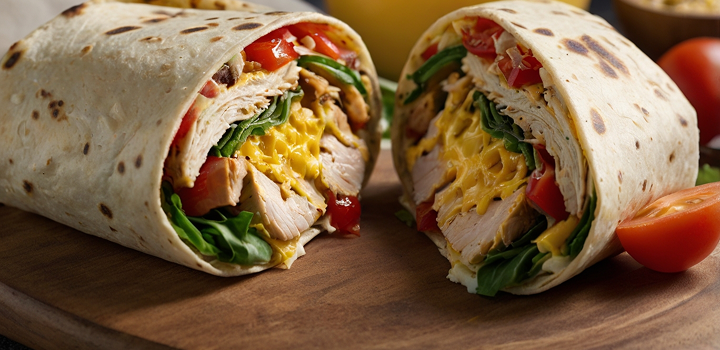
Choosing Your Flatbread: Tortilla, Lavash, or Whole Grain
The foundation of any great wrap starts with the bread. I’ve worked with everything from ultra-thin lavash to thick, grill‑marked tortillas, and each one brings a different experience to the plate.
Tortillas are the most forgiving. I go with flour tortillas around 10 inches wide—they’re pliable, toast evenly, and hold up well against warm fillings. For whole grain versions, I look for ones with visible flecks of bran and about 3–5 grams of fiber per serving. They can be stiffer but become more workable once gently warmed.
Lavash offers a thinner, drier wrap, which is ideal for crisping or rolling cold. It’s best when I want a wrap that holds its shape without excess dough, especially for low‑calorie or meal‑prep versions. I brush it lightly with oil if I’m grilling or toasting, as it can dry out fast.
If you want a chewy bite, consider naan or even a thick pita, but be ready to trim or split them for wrapping. These work best for seated breakfasts rather than portable options.
I always warm flatbreads before filling. Ten seconds per side on a dry skillet makes them pliable and prevents cracking, especially when folding over protein and veggies.
Soft vs Toasted Wrap: Pan Press vs Griddle
Some mornings I like a warm, toasted finish. Other times I want something soft and fresh. Both work—what matters is how you build around it.
For a soft wrap, I fill the warmed flatbread, fold it, and eat immediately or pack it cold. It’s ideal for delicate greens or creamy fillings like avocado and yogurt-based dressings. Soft wraps stay light and are perfect for fast weekday breakfast builds.
When I want texture, I toast the wrap. On a flat griddle or panini press, I cook it for 2–3 minutes per side on medium heat. Pressing it slightly helps the cheese melt and the edges seal. This technique is excellent when using shredded chicken or breaded tenders—you get crisp crust outside and hot, melty filling inside.
If I’m wrapping ahead of time, I toast, cool, then wrap in foil for reheating later. That way the bread holds together without turning soggy.
Folding Methods for Neat, Leak Free Wraps
There’s an art to folding a wrap so it doesn’t fall apart the second you bite in. I always start with a warm, flexible flatbread. I spoon the filling just below center, leaving a 2-inch gap on the sides. The heaviest items—chicken, egg—go down first. Then I layer cheese, vegetables, and sauces over them.
I fold the sides inward, then roll tightly from the bottom up, tucking and squeezing gently as I go. The key is compression—too loose, and it unravels; too tight, and the wrap can split.
If I’m using lavash or thinner bread, I sometimes wrap in parchment or foil to keep it intact. For toasted wraps, I place the folded seam side down on the pan first to seal it.
Practicing your folds will make the difference between a quick snack and a wrap that stays together during the busiest of mornings.
Flavor Boosters & Sauces
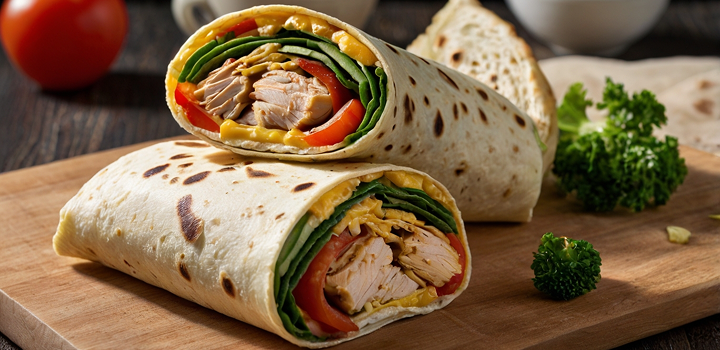
Savory Sauce Options: Spicy Aioli, Greek Yogurt Dip
While a good wrap can stand on its own, a thoughtfully chosen sauce can bring it to life. I rotate between two core options: a bold aioli and a tangy yogurt-based dip.
For aioli, I start with good mayonnaise, stir in a bit of Dijon mustard, fresh garlic, and hot sauce. Sometimes I add smoked paprika or chipotle for depth. It’s thick, creamy, and clings well to chicken or egg without dripping.
Greek yogurt dip is lighter and adds a cooling contrast. I mix plain yogurt with lemon juice, garlic powder, and chopped herbs like dill or parsley. A touch of olive oil rounds it out. It’s especially good when the wrap contains spicy elements like pepper jack cheese or jalapeños.
Both of these can be made in advance and stored in small jars. When I assemble wraps, I spread the sauce along the center or on the top of the egg to help anchor other ingredients.
I avoid runny dressings—if it drips on the board, it’ll soak the bread.
Fresh Boosters: Herbs, Lime Juice, Hot Sauce
These are the finishers—the last details that make the wrap memorable. I keep chopped cilantro, flat-leaf parsley, or chives on hand to sprinkle into warm fillings. They add brightness and balance the richness of egg and cheese.
A quick squeeze of lime just before rolling gives acidity and freshness, especially when the wrap includes avocado or chicken. I’ve found this small step wakes up all the other ingredients.
For spice, I offer hot sauce on the side or a thin drizzle inside the wrap. Sriracha, habanero sauces, or even a smoky chipotle vinaigrette work well in small amounts. I never mix hot sauce directly into egg or cheese—they lose clarity. Instead, I layer it on the top surface before folding.
Used with care, these final touches transform a good wrap into a great one—one that you’ll remember and want to repeat.
Meal Prep & Variations
Freezable Breakfast Wraps for Busy Mornings
One of the reasons I keep coming back to breakfast wraps is their flexibility in meal prep. I make a dozen on Sunday, wrap each one in foil or parchment, and freeze them. When built right, they hold up beautifully and reheat evenly.
To freeze successfully, I avoid raw vegetables and wet sauces. I stick to cooked fillings—scrambled eggs, grilled or shredded chicken, cheese, and maybe sautéed spinach. After assembly, I toast each wrap lightly in a skillet to seal it, then cool completely before freezing. This prevents moisture from building up inside the packaging.
In the morning, I unwrap the frozen wrap, place it on a skillet over medium heat with a lid, and cook until warmed through—about 6 to 8 minutes, flipping once. For faster results, I microwave it for 60 seconds, then finish in a dry pan for texture.
This method works well with any combination and saves me from breakfast decisions on busy days. It’s especially helpful when building out wraps inspired by heartier formats like Easy Chicken Recipes, where cooked fillings store well and reheat without losing structure.
Low Carb or Keto Adaptations
When cooking low-carb, I adjust the wrap structure and fillings rather than the flavor. I use high-fiber, low-net-carb tortillas—usually around 3–5g net carbs per serving. Alternatively, I use large lettuce leaves or thin egg wraps if I want a grain-free version.
Inside, I focus on protein and fat: grilled chicken thighs, eggs, cheddar or pepper jack, avocado, and sometimes bacon or olive tapenade. I skip sugary sauces and stick with aioli, mustard, or Greek yogurt mixed with herbs and lemon.
Vegetables are minimal and always low-carb—spinach, sautéed mushrooms, or zucchini ribbons. A squeeze of lime or a few chili flakes give brightness without adding carbs.
The end result is every bit as satisfying as a standard wrap—just leaner, and better aligned with long-term energy balance.
Vegetarian & Cheese Only Versions
Not every morning needs chicken. For a vegetarian wrap, I start with scrambled eggs or egg whites, layer in mozzarella or cheddar, and fill the rest with sautéed mushrooms, peppers, and onions. I often add sliced avocado or hummus to bring richness.
For a cheese-only version, I double the cheese and use spinach or baby arugula to lighten the base. A touch of lemon or hot sauce offsets the richness. Toasting the wrap brings a grilled cheese–like finish that’s surprisingly hearty.
These wraps still provide solid protein and work well for guests with dietary restrictions. I’ve served them alongside traditional builds like Chicken omelet plates for years—same ingredients, just restructured into something faster and hand-held.
15+ Frequently Asked Questions
1. Can I store breakfast wraps in the fridge?
Yes, I keep fully assembled wraps in the fridge for up to 3 days. I wrap them tightly in foil or parchment to prevent drying. Reheat on a skillet or in the microwave.
2. Can I freeze wraps with raw vegetables inside?
I don’t recommend it. Raw vegetables like tomatoes or cucumbers release water when thawed and make the wrap soggy. Always use cooked or dry fillings for frozen wraps.
3. What’s the best way to reheat a frozen breakfast wrap?
I prefer a skillet on low heat, covered, for 6–8 minutes. This keeps the outside crisp and the inside warm. Microwave works too—start with 60 seconds, then finish in a pan if needed.
4. Can I make wraps without eggs?
Yes. I use hummus, avocado, or extra cheese as binding elements. A spoon of Greek yogurt with herbs also helps hold ingredients together.
5. What kind of wrap doesn’t crack when folded?
Flour tortillas or flexible low-carb wraps warmed before filling are the most reliable. Lavash or refrigerated tortillas tend to crack unless gently heated.
6. How do I prevent the wrap from getting soggy?
I cool hot fillings before wrapping, use minimal sauce, and avoid high-moisture ingredients like raw tomato or juicy lettuce.
7. Can I pack these for lunch instead of breakfast?
Absolutely. Just keep the wrap chilled and pack the sauce separately if possible. I wrap it tightly and store in a lunchbox with a cold pack.
8. What cheese melts best inside a wrap?
Cheddar and pepper jack are my top picks—they melt quickly and stick to the filling. Mozzarella works too, especially in toasted versions.
9. Are these wraps good cold?
They can be, especially if built with soft fillings like egg, shredded chicken, and avocado. I toast the bread beforehand so it holds texture.
10. Can I use pita or naan instead of tortillas?
Yes, but they’re trickier to fold. I cut thicker breads in half and use parchment to hold them. They’re great for open-face or pocket-style wraps.
11. What’s the best wrap for kids?
I use soft flour tortillas, scrambled egg, mild cheddar, and thin chicken slices. I skip spicy sauces and add sliced apple or carrot inside for crunch.
12. How can I keep wraps warm during a commute?
I wrap them in foil, then in a kitchen towel. If I use parchment under the foil, it prevents the tortilla from steaming and going soft.
13. Can I add fruit like apple or pear?
It’s possible, especially in vegetarian wraps. I slice them thin and balance with sharp cheese or a touch of mustard to avoid sweetness overload.
14. Are these wraps good for weight loss?
They can be. I use lean protein, control cheese portions, and load up on greens. Skipping heavy sauces and using whole grain wraps also helps.
15. What herbs go well in wraps?
Cilantro, parsley, chives, and basil all work well. I chop them fine and mix into the sauce or sprinkle them before folding for freshness.
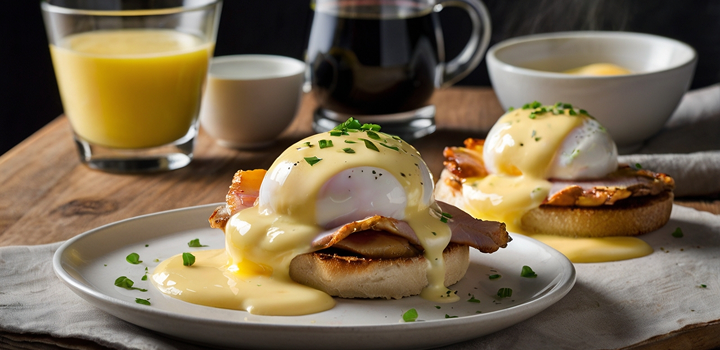
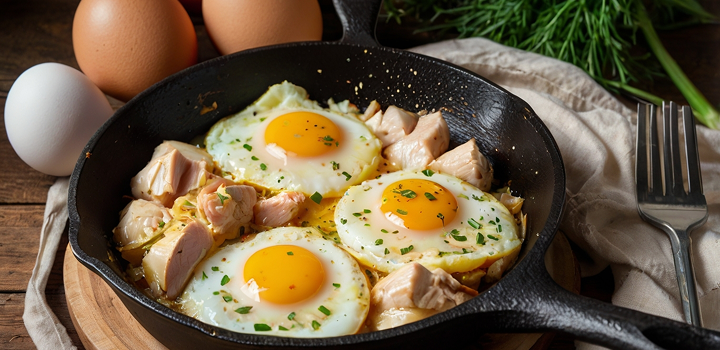
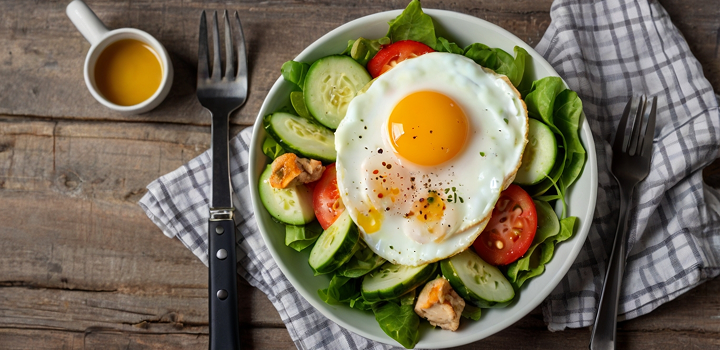
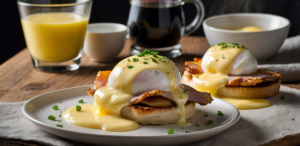
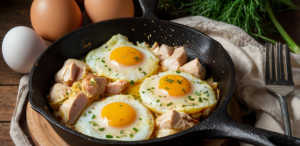
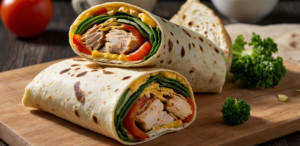
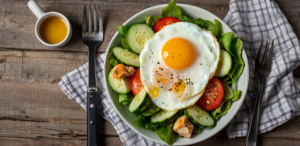
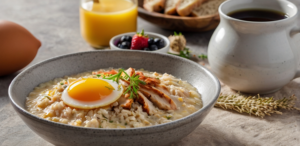
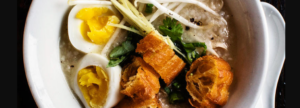
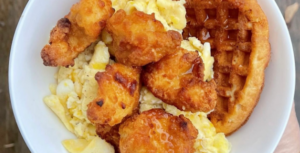
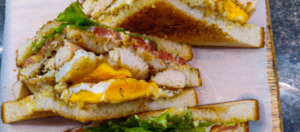
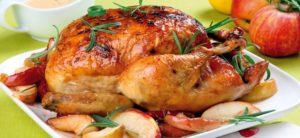
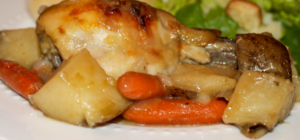
Post Comment